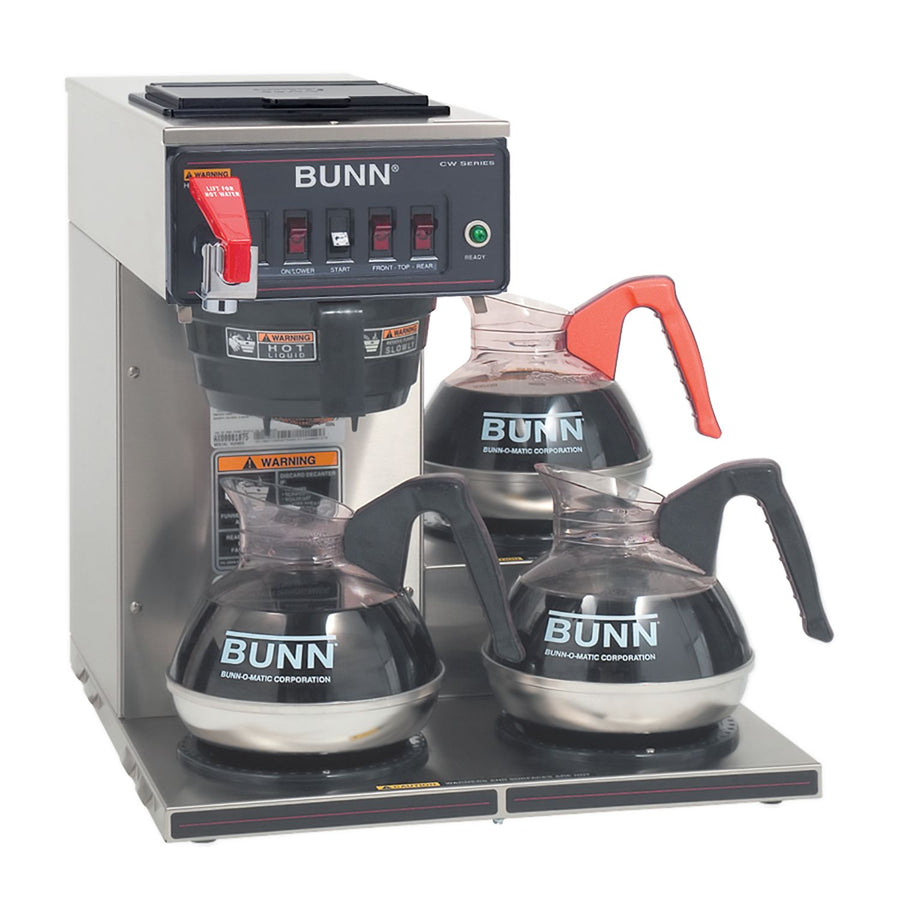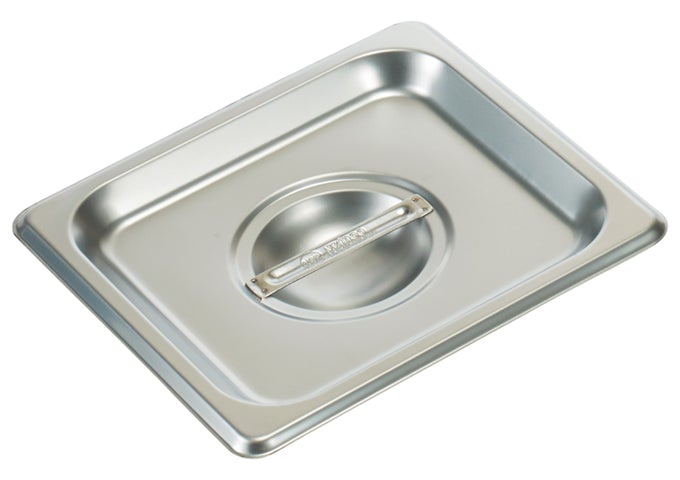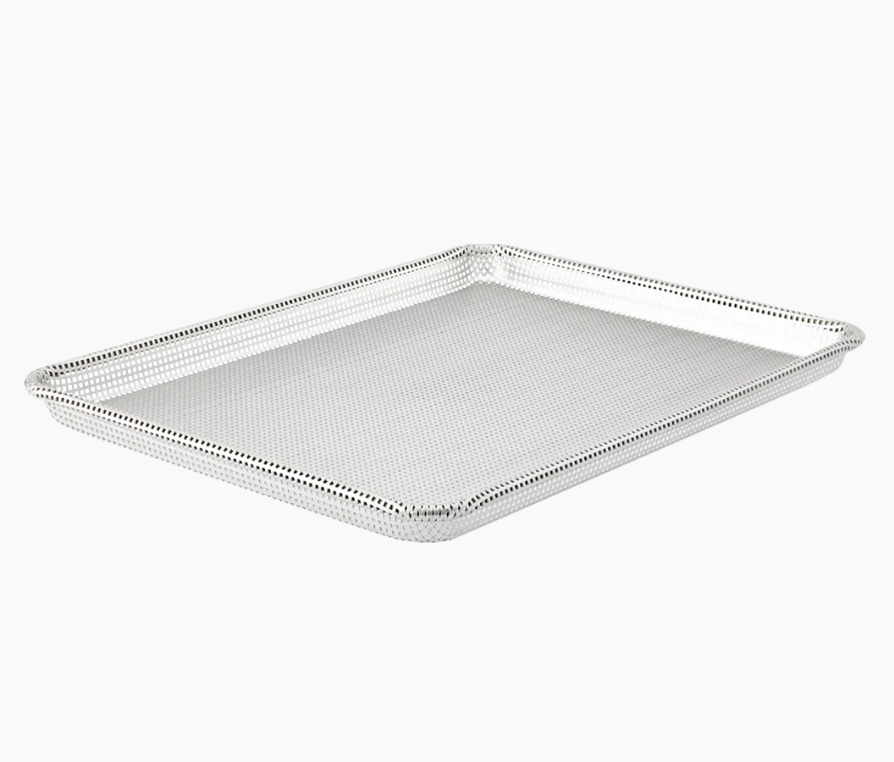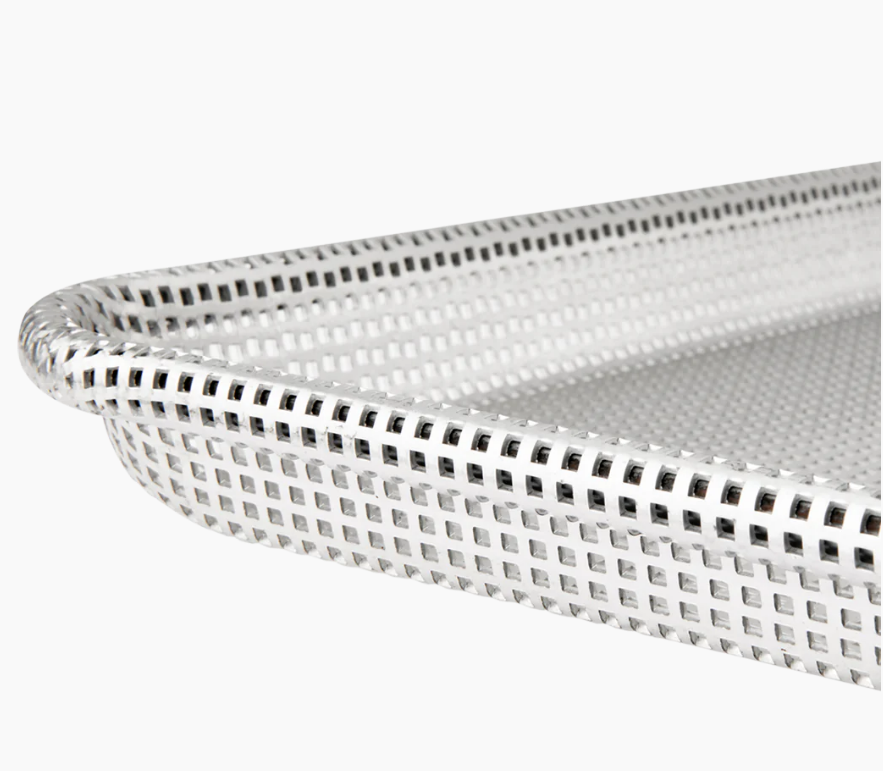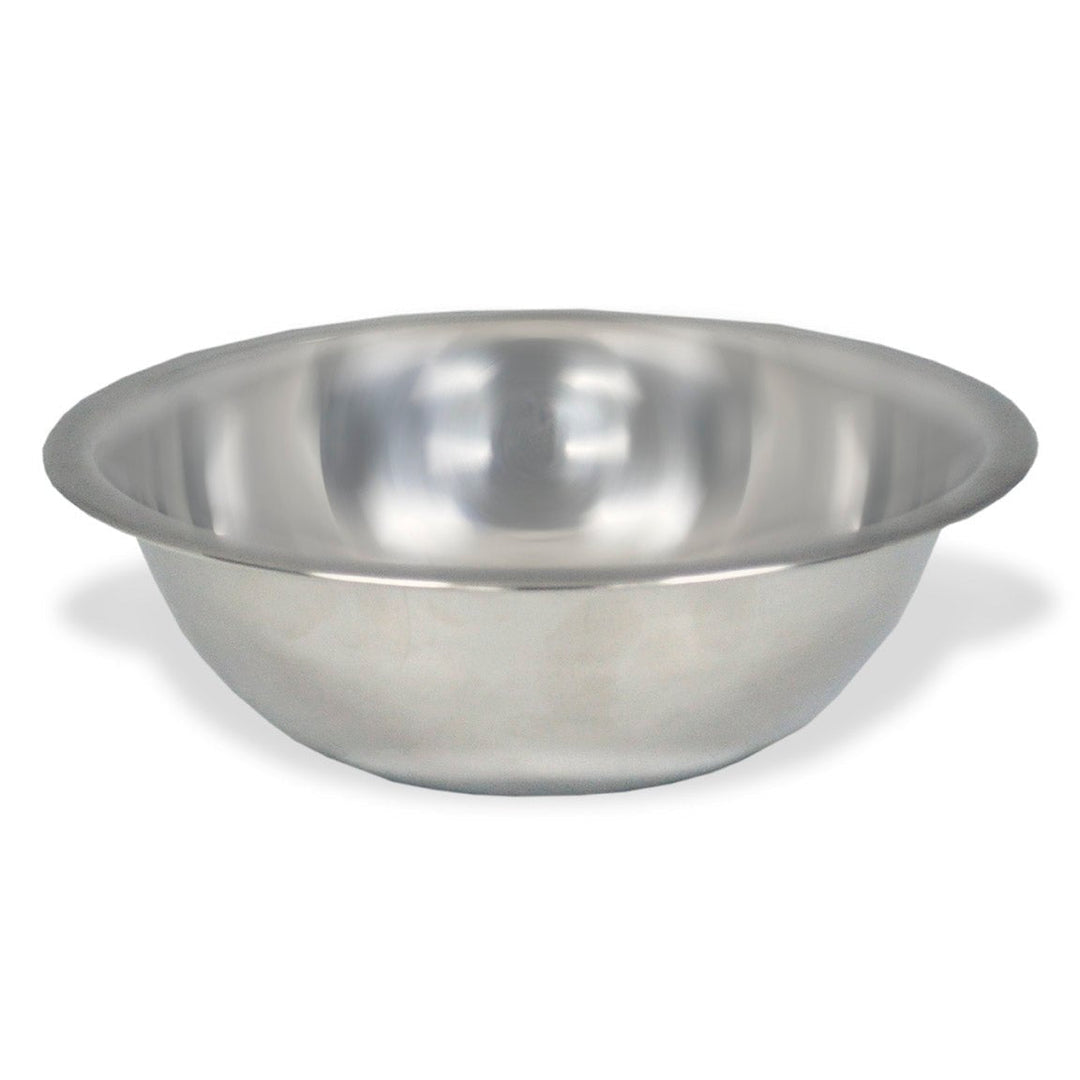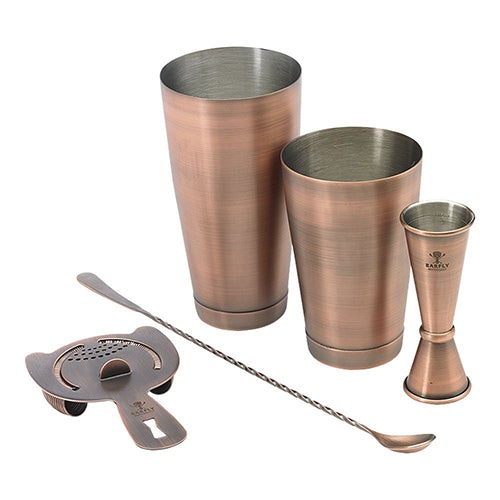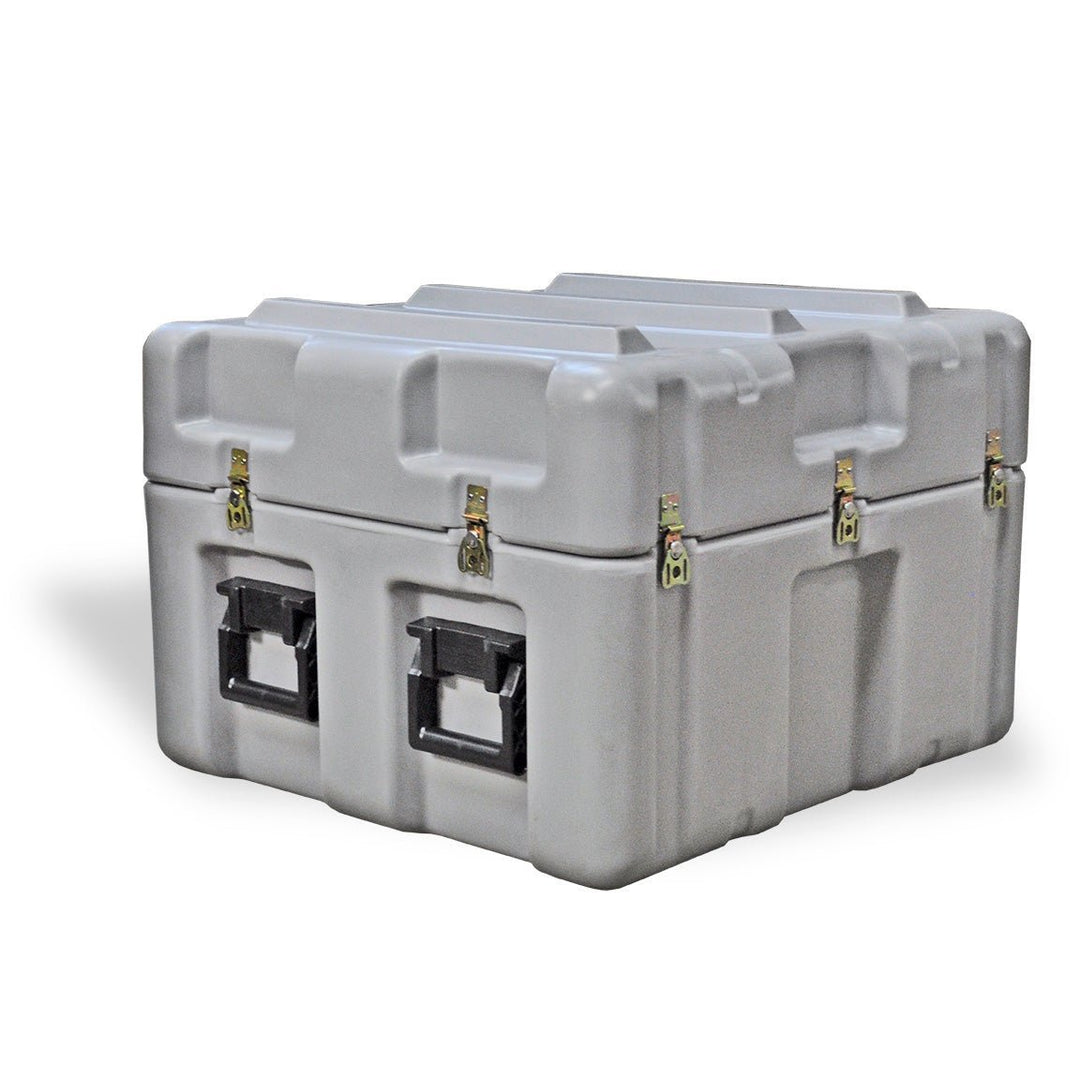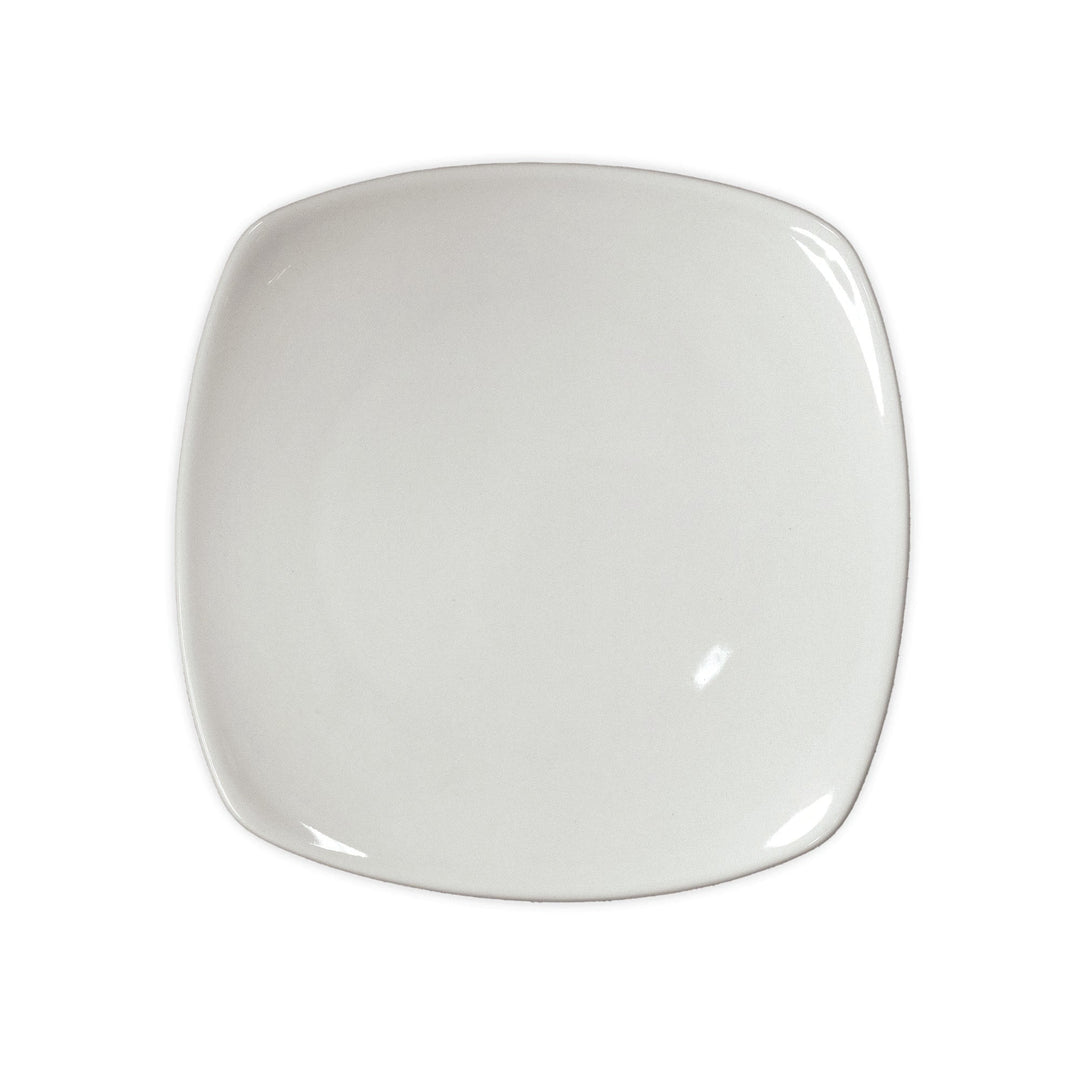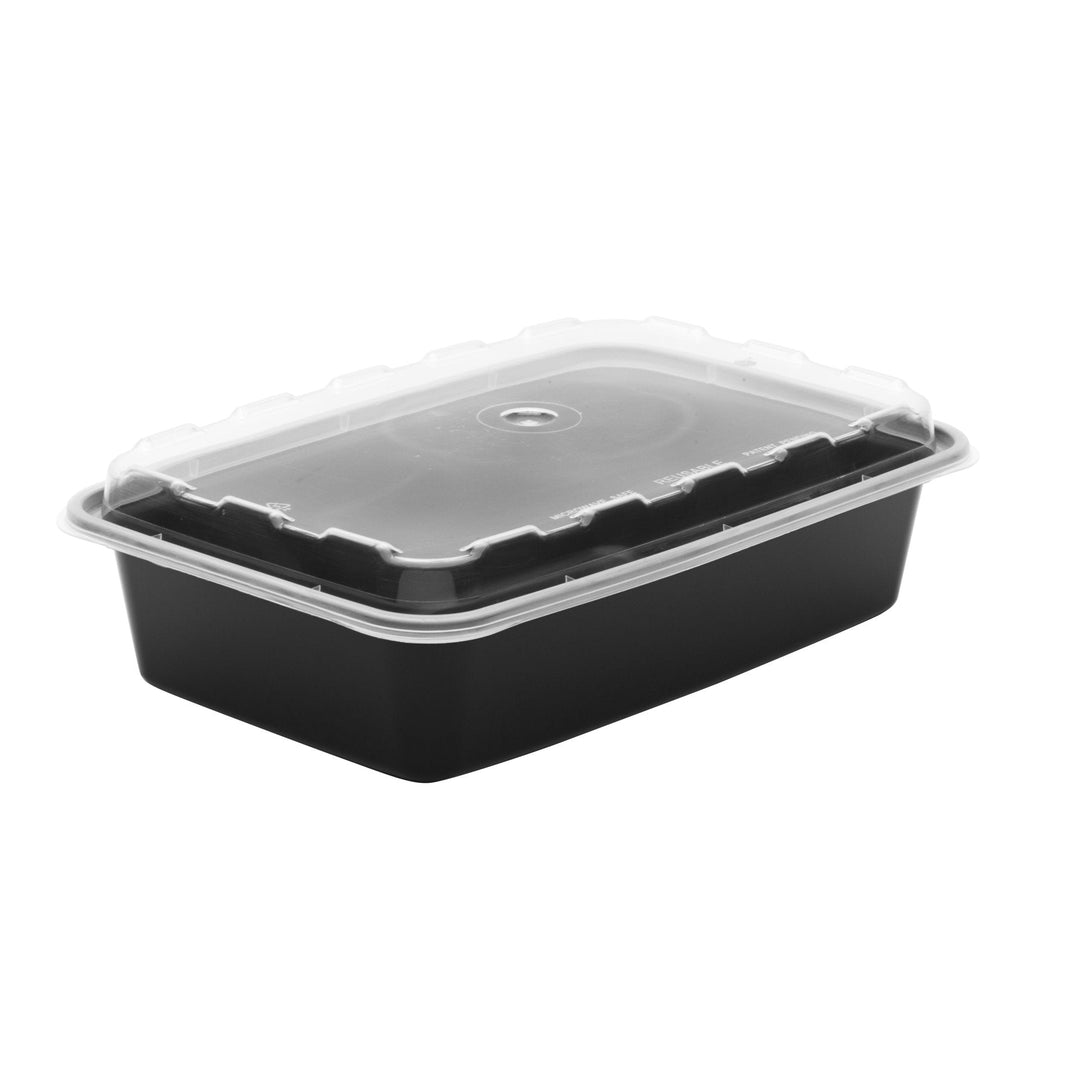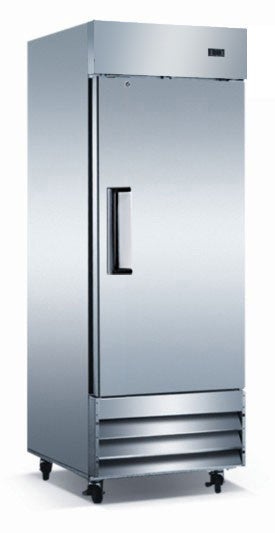Lower Costs by Buying Anti-Fatigue Floor Mats for Your Workers

Let’s face it: part of running any successful business is being knowing how to save money. By the same token, any successful business owner knows the difference between cutting costs and cutting corners. Anti-fatigue floor mats are one of those things that we might think about, but end up wondering if the cost is really worth it. Anyone who works regular or extended shifts in a restaurant can attest to the throbbing pain in their back, feet, and knees by the time they head home for the night. Even OSHA recommends anti-fatigue mats as a part of workplace ergonomics for people who spend the long hours on their feet. Being able to keep turnover low, morale up, and employees working at a more productive pace is certainly a reason to consider investing in these relatively simple devices. When you can combine the ergonomic benefits with the beneficial effects of anti-slip and grease resistant surfaces in the kitchen, it’s really a no-brainer.
Fighting Fatigue in the Workplace
Once upon a time, employer competition was relatively simple. If someone wanted to work somewhere else, there was always “the place down the street.” Time have changed, though, and employers have become a lot more competitive in attracting and retaining valuable employees. Can the right floor mats actually make a difference? The short answer is: yes. A few years back, a study was published in the Journal of the American Medical Association. In that study, it was determined that workplace productivity had a lot to do with workers’ aches and pains. Aches and pains causing workers to move slower, stopping to lean against the wall or rubbing their feet can cost 4 hours of lost productivity per week. As a restaurant owner, this is costing you more than four hours of labor every week. Think about it. People are moving slower, so customers are being served slower, which can lead to a loss of repeat business and—in the age of the internet and social media—a loss of first time business with negative reviews.
How the Anti-Fatigue Mats Help:
- Lower injury rates
- Increase productivity
- Improve product quality and service speed
- Reduce absences
- Lower costs related to workers’ compensation
- Improve worker safety
- Improve employee comfort and morale
How Do Anti-Fatigue Mats Work?
Professional labor unions have done studies that it takes only 90 minutes of working before fatigue from standing and walking begins to set in. That same fatigue can cause a lack of concentration which can lead to accidents—or, in a restaurant, mistakes like screwed up orders. Quality anti-fatigue mats help prevent joint stiffness by making frequent and natural changes to standing position and stimulating cyclic muscle contractions for better blood circulation. The worker’s energy use is reduced by relieving tension and supporting muscle. It also helps relieve strain in back muscle and reducing strain on the spine. This includes relieving tension in the neck. With textural surfaces, these mats also help to prevent slips.
Choosing the Right Slip Resistant, Anti-Fatigue Floor Mats
As with all things, you often get what you pay for. So, while you want to avoid buying a cheap anti-fatigue floor mat, that’s no reason not to consider an inexpensive version—there is a difference. First, consider the relative hardness and softness of the mats. Softer mats might seem like a good idea, but they tend to offer less support and wear out faster. The mats should also encourage some level of instability. This leads to encouraging postural changes to help the body avoid fatigue. The mat also needs to be thick enough to avoid bottoming out—acting like it’s barely more than stepping directly on the hard floor. The anti-fatigue floor mat must also be thick, compressible, and easy to clean without breaking down.







